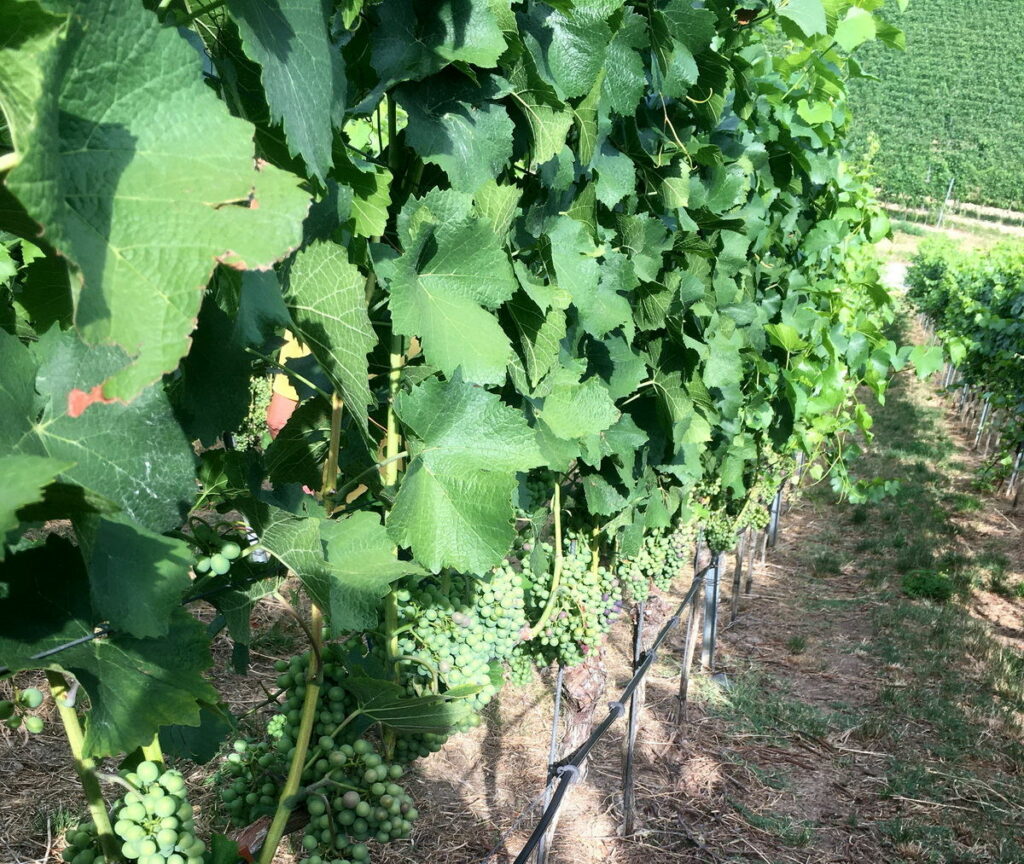
BAckground
Future climate change will affect the water balance, primarily through changes in precipitation and temperature. This will also impact water usage patterns, with irrigation being a prime example. In Germany, changes in irrigation requirements are expected in urban and rural areas alike, with the possibility of increased water demand for irrigation in the future. This topic is addressed in Module B using the city and district of Heilbronn as an example. In an urban context, the focus is on concepts for water use in urban green spaces for cooling and recreation, as well as for dealing with heavy rainfall events (‘sponge city’, ‘heat’, ‘sealing’). In a rural context, the focus is on landscape conservation, yield and quality assurance for agricultural crops, and ensuring good soil conditions (‘aridity’, ‘drought’, ‘compaction/erosion’, ‘biodiversity’). The origin of water and the associated challenges for infrastructure and ecosystems are addressed, too.
| Irrigation focus | Use | Typical landscapes | Challenges |
| Agriculture, e.g. field crops, special crops | Food and luxury food, partly tourism/leisure | Fields, slopes (including terraces) | Drought, access to water, extraction permits |
| Urban green spaces | Recreation, cooling, improvement of air quality and quality of life | Parks, gardens, residual areas, building roofs and walls | Political focus, citizens’ demands, compatibility with other land uses |
Questions
- How do the measures taken by different actors and contextual developments interact?
- Where can synergies be found in the interactions between different policies?
- How do the decisions of the actors affect the potential for conflict over irrigation?
- What insights can be gained from different evaluation approaches of the same model?
PARTICIPATORY MODELLING
A model of future irrigation and potential conflicts is created to a significant degree by the comprehensive and continuous involvement of actors. Going beyond previously known and rather general strategies, a locally specific and detailed model is being built from policy interactions between various stakeholders. Systemic relationships are presented in a transparent and comprehensible manner. This is the first time that the stakeholders involved have collaborated in such a heterogeneous composition for this project. The model is being tested, evaluated and analysed both algorithmically and through an interactive simulation game.
INSIGHTS
The interactive involvement of experts from science and practice stimulates exchange between different water users and highlights the complexity of the possible courses of action available to various stakeholders. Interviews and workshops conducted as part of the project reveal that, while there have been few known cases of escalating conflict to date, there is a high level of awareness of the potential for future competition. In addition to conflicts of interest over water resources, the analysis also considers the stakeholders’ arguments for cooperation, coordination, and the implementation of new strategies (‘governance conflicts’).
*The selected case study involves farmers, farmers’ associations, wine cooperatives, authorities and administrations at the city and district level, regional and long-distance water suppliers and nature conservation organisations. Scientists from various disciplines, including hydrology, climate research, irrigation and the social sciences, are also involved. We would like to take this opportunity to thank everyone for their intensive and constructive cooperation.
